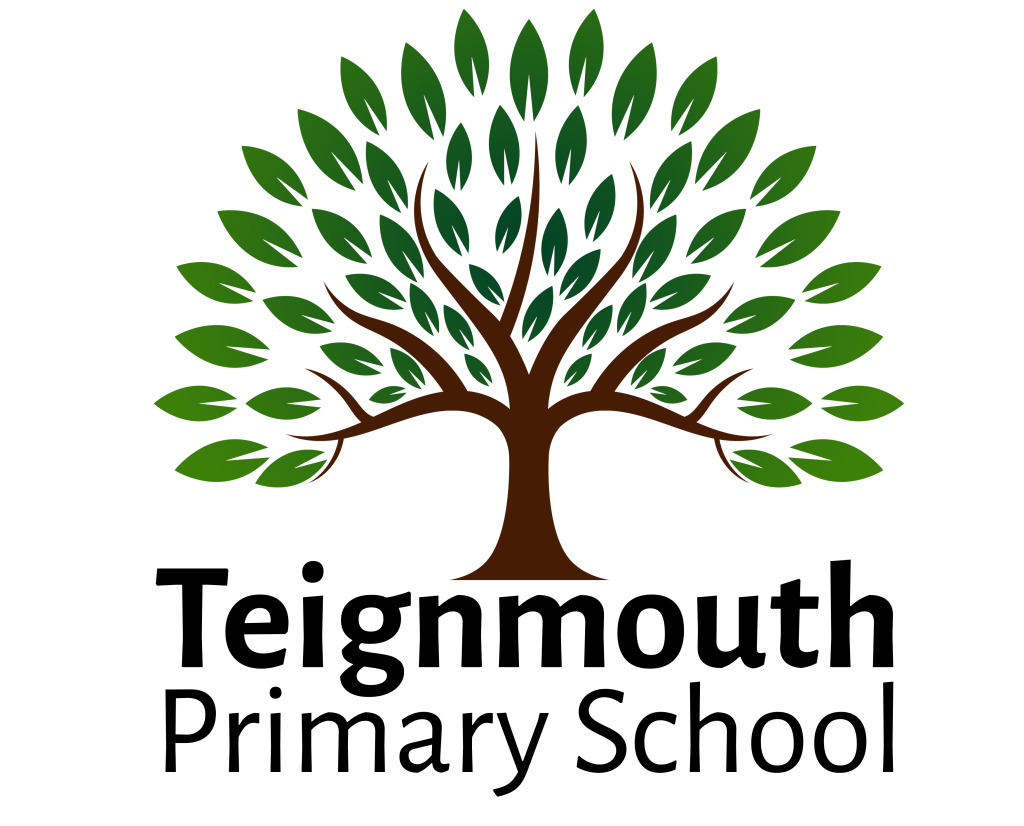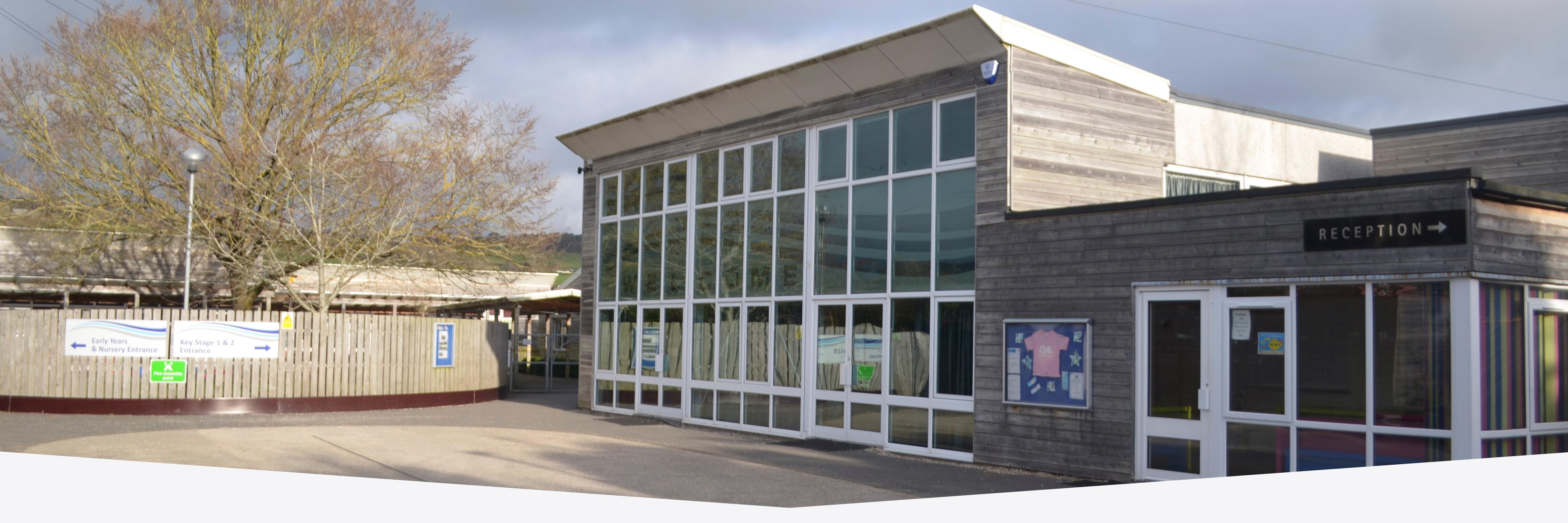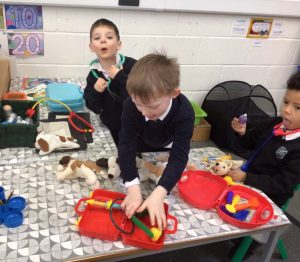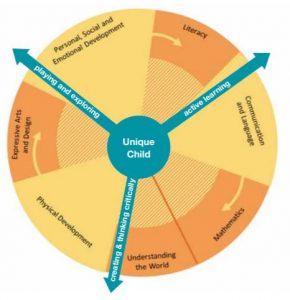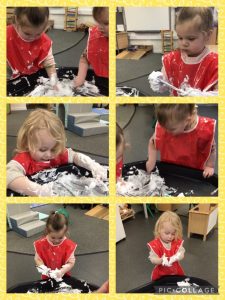Learning in the Foundation Stage
Reception and Nursery
At Teignmouth Primary School our reception and nursery classes follow the Early Years Foundation Stage (EYFS) framework. We use Development Matters 2021 to guide our curriculum and personalise to meet the needs of our children. This curriculum is based upon four themes and principles;
- Unique Child – Every child is a unique child who is constantly learning and can be resilient, capable, confident and self assured.
- Positive Relationships – Children learn to be strong and independent through positive relationships.
- Enabling Environments – Children learn and develop well in enabling environments, in which their experiences respond to their individual needs and there is a strong partnership between practitioners and parents and carers.
- Learning and Development – Children develop and learn in different ways. The framework covers the education and care of all children in early years provision, including children with special educational needs and disabilities.
Characteristics of Effective Learning
Characteristics of Effective learning underpins everything a child does. Therefore, our goal is to develop these fundamental skills with our children in the early years to begin them on their journey to become a lifelong learner. It ensures that we are meeting the needs of our children to allow them to progress, and it helps us to identify those who need intervention and support from an early age. These support the delivery of the curriculum.
The Curriculum
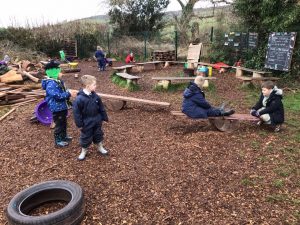
Intent: why do we teach what we teach?
At Teignmouth Community School, Mill lane we provide a curriculum that enables the children to learn, challenge all abilities and supports our children to have the ‘ability to be curious, independent, happy, resilient learners with a love for learning.’ We focus on depth in learning which builds the foundations for the rest of the school, and also supports those less able pupils to not get left behind. While challenging the children with open ended activities, so that they can deepen their learning rather than moving on to new content. This is about our practitioners knowing and valuing every child and understanding what key knowledge and skills they need to move their learning on.
Implementation – how do we teach what we teach?
Children learn through a balance of child-initiated and adult-directed activities. In reception children have daily RWI and maths sessions, which are followed by group work where children work with an adult to progress in their learning. These focused times allow the teacher to check for understanding, identify and respond to misconceptions and provide live, verbal feedback for the children, which results in supporting the child further. Throughout the week the specific areas of learning will be taught and opportunities for children to consolidate their skills and knowledge are planned and prepared for in the continuous provision.
Children are provided with plenty of time to play and engage and explore the continuous provision daily. The curriculum is planned for inside and outside and equal importance is given to learning in both areas. The curriculum is planned in a cross-curricular way to enable all aspects of the children’s development including understanding the world and expressive art and design, as well as to promote sustained thinking and active learning. Our observations, communication with EYs staff and outcomes from our guided sessions feed into our weekly plans. This ensures that children have the opportunities to practise, revisit and reinforce the knowledge and skills they have been exposed to.
Impact: how do we know what pupils have leant and how well they have learnt it?
Our curriculum and its delivery ensure that children make good progress. Children in our early years, on average, arrive with much lower starting points than national. During their time in our EYFS, children make good progress and our data is consistently above national for GLD at the end of the year. Our children also make good progress toward their age-related expectations before transitioning into Year One, with our phonics data being above national as well. We believe that our environment, staff, and planning, alongside the rigour of assessment and teaching, enables the children to move through the early years and provides them with the best possible to start. We want out children to be, ‘curious, independent, happy, resilient learners with a love for learning.’
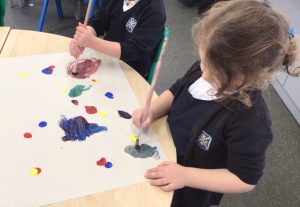
The areas of learning:
Prime Areas
- Personal, Social and Emotional Development
- Communication and Language
- Physical Development
Specific Areas
- Literacy
- Mathematics
- Understanding of the World
- Expressive Arts and Design
What sort of things will children learn during the Foundation Stage?
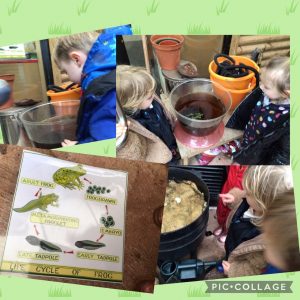
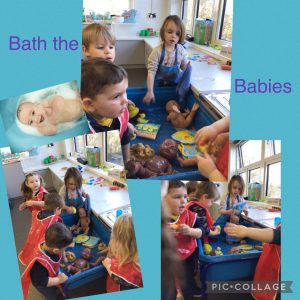
In the Prime Areas children will learn to:-
- Share, take turns and develop respect for each other.
- Make friends and become confident independent learners.
- Behave appropriately when playing with others.
- Listen to others and understand spoken language.
- Learn new words rapidly and use them in conversations.
- Join in conversations with adults and children.
- Develop control of their bodies using both large scale movements such as running and jumping, and small scale movements such as holding pencils and using scissors.
In the Specific Areas children will learn to:-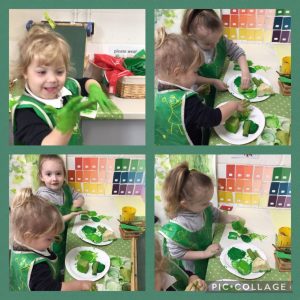
- Enjoy sharing books and stories with adults and friends.
- Read words and simple sentences (Reception children).
- Draw, make marks, write letters and words.
- Count accurately groups of objects and recognise numerals.
- Add, subtract and problem solve during practical activities.
- Use everyday language to talk about size, weight, capacity, distance, time and money.
- Look closely at how things work, why things happen, living things and the natural world.
- Be imaginative, sing songs, dance and create fantastic models, drawings and paintings.
Your Child’s Learning Journey
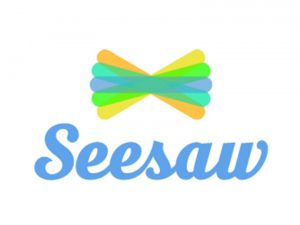
Each child has an individual learning journey for their time in the early years. Nursery children have an online learning journal through the interactive app SeeSaw. Reception children have a combination of an online learning journal through SeeSaw as well as a book based learning journal (which is sent home at the beginning of year 1).
SeeSaw it is a great way for us to communicate between home and school and we very much encourage you to upload photos and engage with the learning that your child has been up to, as it is important for parents and carers and early years settings to have a strong and respectful partnership in order for children to thrive!
Parental involvement
We like to works with parents/carers to include them as much as we can on their child’s early learning journey.
- Open door policy for conversations to happen – times can be arranged for a longer conversation if needed
- Up to date observations on SeeSaw
- Termly meetings to discuss your child progress
- Weekly overviews about what your will learn the following week, this includes: key text, vocabulary, songs and rhyme and also a tricky challenge – e.g putting on shoes, zips, using a knife and fork, opening packets
- Library books given out weekly to share with your child
- Reading books changed weekly once your child is ready.
Early reading
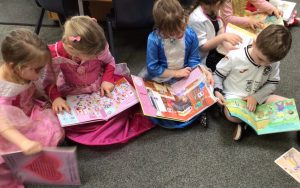
Reading is at the heart of everything we do. Learning to read is the most important thing that your child will learn at our school. Everything else depends on it, so we put as much energy as we possibly can into making sure that every single child learns to read as quickly as possible.
Your child’s reading journey will begin by singing songs and saying rhymes, these encourage listening and social and skills, which are essential skills in all areas of learning. It supports a child’s sense of rhythm, rhyme and also helps with learning and speech and language development. For this reason in our nursery we focus on daily song and rhyme time to embed and build upon listening skills, boost language development and introduce children to the idea of a narrative.
Once your child is ready, we begin to teach them individual sounds and use the highly successful Read Write Inc. phonics programme to do this. We want your child to love reading – and to want to read for themselves. This is why we put our efforts into making sure they develop a love of books as well as simply learning to read.
We start by teaching phonics to the children in nursery who are our school starters, in the spring term and continue this into reception. This means that they learn how to ‘read’ the sounds in words and how those sounds can be written down. This is essential for reading, but it also helps children learn to spell well. We teach the children simple ways of remembering these sounds and letters. Ask them to show you what these are.
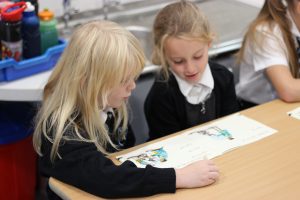
The children practice their reading with books that match the phonemes they have learnt and these books are fully decodable.
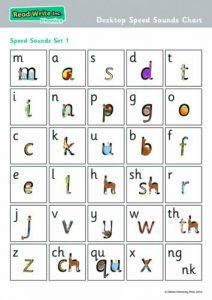
Teachers read to the children daily as well and this allows the children to become familiar with different types of stories, poetry and information books.
Reading books
Research suggests the importance of children reading books that match their phonic knowledge. They need to be able to confidently practise what they already know. The RWI book that they bring home will have been previously read at school; therefore, it has the sounds and words that your child has already been taught enabling them to read it with confidence. This will improve their pace, fluency and understanding of what they have read.
They will also bring home a photocopy sheet contains the red words, green words and speedy green words that the children will come across in their next book at school. Practising these words with your child will help them to read their new book more fluently and with understanding. You could also use this opportunity to talk about the meaning of any words that your child may not know the meaning of.
The coloured home reading book is a book that your child has not previously read, but is one that is closely matched to their phonic knowledge.

